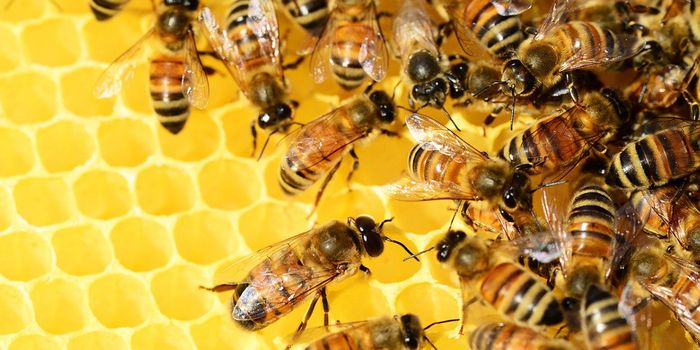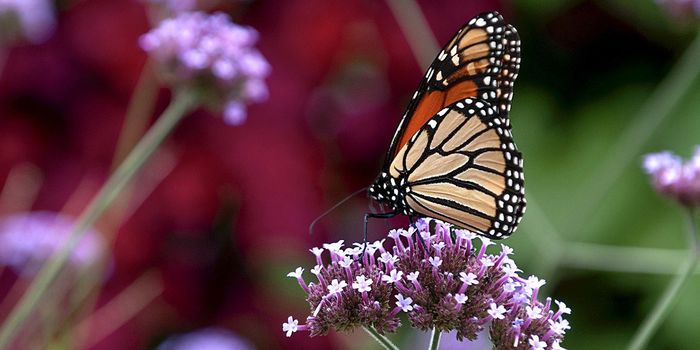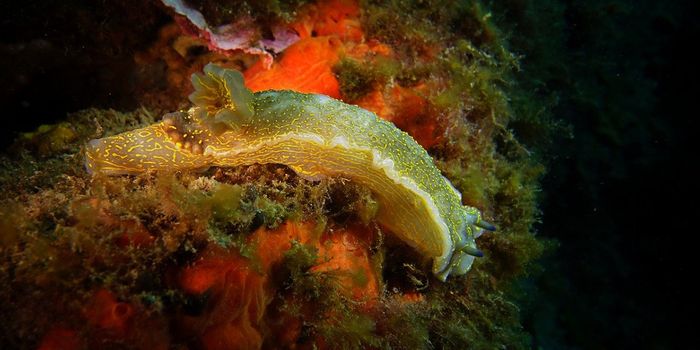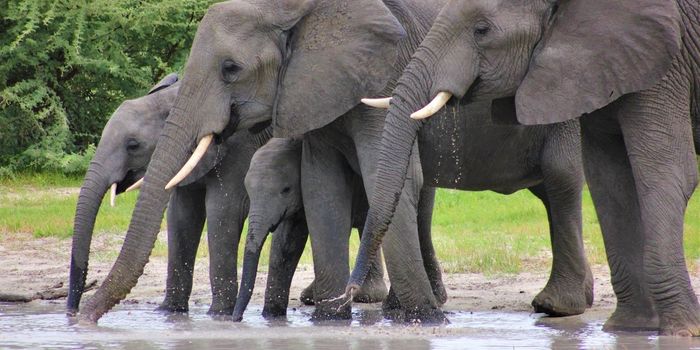Symbiotic relationships are interactions between species that can benefit either both or one of the species. There are three types of symbiosis: mutualism, where both species are benefited; commensalism, where one species benefits and the other is not harmed or helped; and parasitism, where one species benefits and the other is harmed.
One example of parasitism is ticks. Ticks feed off the blood of humans and animals, thus obtaining the nutrients to survive. However, not only are humans and animals freely donating their blood, but they also are often affected by diseases that the ticks spread.
An example of mutualism exists in the interactions between birds and cows: the birds eat the ticks that are feeding on the cows, thus cleaning the cows of an unwanted visitor whilst at the same time receiving nutrients.
Commensalism also is common is the natural world. One example of this could be a seed hitchhiking a ride on your shirt. The seed therefore is able to extend its dispersal zone, but (so long as your shirt doesn't tear!) you are not impacted by the seed's existence.
What other symbiotic relationships can you think of?








